
Dr. Jan Bellows, a boarded veterinary dentist, has authored a new text entitled "Small Animal Dental Equipment, Materials and Techniques: A Primer" from Blackwell Publishing.

Dr. Jan Bellows, a boarded veterinary dentist, has authored a new text entitled "Small Animal Dental Equipment, Materials and Techniques: A Primer" from Blackwell Publishing.
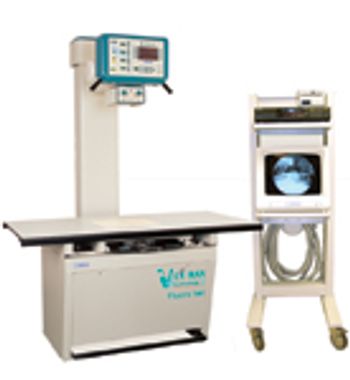
Sedecal USA, Inc., introduces an "all-in-one" fluoroscopy and X-ray unit designed for veterinarians.

Crosstex International, manufacturers infection control, single-use disposable products for the healthcare profession, adds cotton-tipped applicators to its Advantage line of products.

SWIN software is a one-touch package that streamlines laboratory workflow, according to the company.
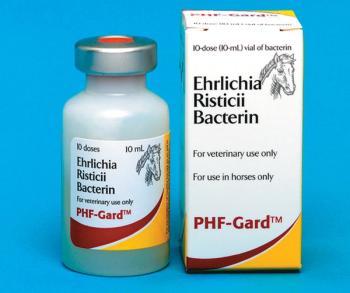
NEW YORK-Pfizer Animal Health just released a Potomac Horse Fever vaccine called PHF-Gard?.

Andis introduces an addition to its Endurance line, the new Heavy Duty Horse Clipper with 220 watts of power to assure a reliable performance with every cut.
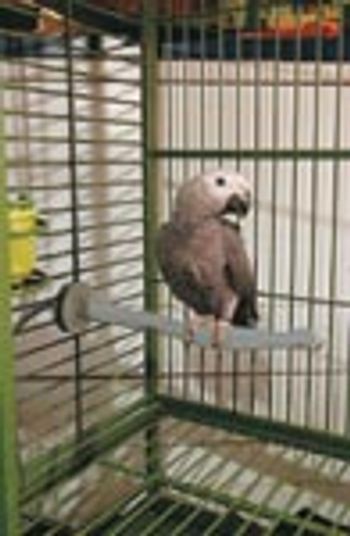
Jorgensen Laboratories, Inc. introduces the Thermo Perch. The Thermo Perch is a heated bird perch that attaches to any wire bird cage.

DermaPet? introduces its patented protected antigen treat designed to neutralize stomach odors and freshen breath. DenTees extend the company's DentAcetic Dog and Cat Treats line.

New York-Officials of more than 70 New York City rescue groups aim to turn the nation's largest municipality into a no kill zone for the 60,000 homeless animals taken in by shelters each year.
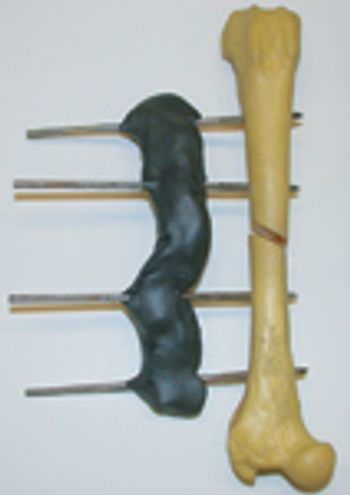
Securos releases its FastFix product for external fixation repairs.

Auburn, Ala.-Auburn University's College of Veterinary Medicine has developed a canine kidney transplant protocol that promotes increased tolerance of transplanted organs between unrelated dogs. It also offers the possibility that the transplant recipients may not be required to take high-doses of immunosuppressive drugs for the rest of their lives.

Ancom reports it has improved the design for Stak-n-Lok2, a medical record filing cabinet.

Greensboro, N.C.-Veterinary technicians and students can update themselves on fecal examination technique via a CD-ROM from Novartis Animal Health entitled "The Scoop on Poop."

Wysong Corp.'s line of equine products designed to mimic archetypal nutrition now includes Equine Diet?.

Spectrum Surgical Instruments introduces Microgrind Scissors.

IDEXX Laboratories, Inc. announces the availability of its LaserCyte? Hematology Analyzer, the next generation in veterinary hematology testing for equine veterinarians.

Securos introduces its Bone Anchor Pack.
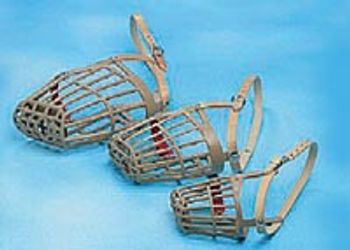
Jorgensen Laboratories, Inc. introduces the Buster Nylon plastic basket muzzles. This complete line of muzzles is constructed from nylon plastic with a reinforced nose.

Washington -Corporate farms declined 18 percent, while half of America's farms have Internet access.

Vedco introduces a lightweight, portable device that uses pulsed electromagnetic field therapy said to enhance pain management, speed healing and promote wellness. The Heal-EM? unit uses specifically designed pulses to activate the magnetic attraction between antioxidants and free radicals, the company says.

Spectrum Surgical Instruments introduces a new specialty scissor for the cast room.
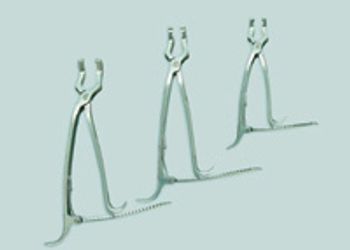
MILLSBORO, DEL-Intervet received Food and Drug Administration (FDA) approval for the first canine insulin to treat diabetic dogs, Vetsulin.
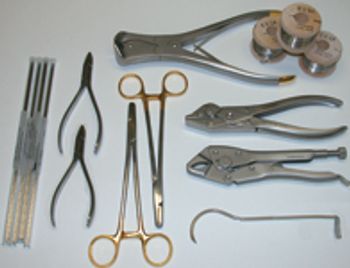
Securos introduces its Bone Wire Set.

Abbott Laboratories offers CliniCare?, a canine or feline liquid diet that is nutritionally complete and balanced to promote optimal recovery, the company says.

The Ag-Tek? division of Kane Enterprises, Inc., introduces the FuturaPad, a revolutionary development in the blocking of lame cattle, the company says.

IDEXX Laboratories, Inc., in conjunction with its equine-focused reference laboratory, Equine Biodiagnostics, is now offering two unique new tests that allow equine practitioners to quickly detect and confirm Streptococcus equi (strangles) infection in their patients, and then quantify S. equi antibody levels.

Lifelearn's illustrated Oncology Client Handouts is a new CD-ROM that includes more than 70 articles with more than 150 images and illustrations to assist veterinarians in educating their clients on canine and feline oncology.

Nestl urina PetCare has launched a nutritional supplement designed to promote endurance and reduce a dog's muscle recovery time

Earigant? Pet Ear Cleaner is an outstanding liquid pre-cleaner and deodorizer for infected ears that can be used as often as necessary, the company says.